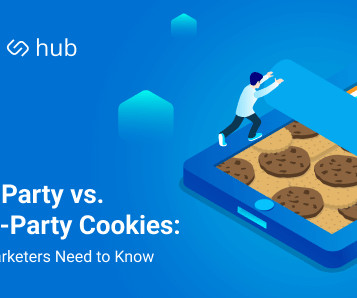First-Party vs. Third-Party Cookies: What Marketers Need to Know
Smart-Hub
APRIL 1, 2024
In this guide, we will explain the difference between first-party and third-party cookies, explore relevant regulations, and more. Feature Freedom: Skyrocket Your Ad Exchange With SmartHub! What Are First-Party Cookies? To keep cookies under control, a set of regulations was developed.











Let's personalize your content